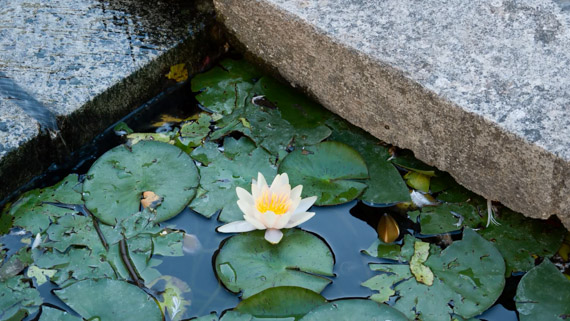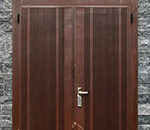Most photographers know that for a photograph to be interesting, it must have a good composition. But what does that mean, exactly? The concepts of composition are often assumed to be mere common sense, but it never hurts to refresh oneself on the basics. And remember, as photographer David Thorpe says, “composition is better treated as a creative aid than a set of rules”:
Tips for Better Composition
In this video, Thorpe discusses some fundamental components of a photograph, and how paying a bit more attention to these can create a better result. (Via PetaPixel)
- What’s the Point? – Every photo has a focal point, be it a face, an animal, a flower, or a rock. It’s important to keep this focus in mind when shooting, and do what you can to draw attention to it.
- Framing – Surrounding elements can be used to create a pleasing frame for your photograph. The angle at which it is taken makes a big difference– especially when shooting any living creatures, shooting from eye level almost always creates a more engaging photo.
- Simplify – Thorpe urges photographers to take a painterly stance, and avoid placing any elements in the frame that are not necessary. Unless an object draws attention to the focal point or tells us something about it, do your best to leave it out.
- Color – Vibrant colors can be used to wonderful effect, but they can also be distracting. Be vigilant about brightly colored objects in the background that catch the eye where you don’t want them to.
- Lead the eye in – Don’t let visual cues push the viewer’s eye out of the frame. For example, if your subject is looking to the left, leave space to their left for the eye to travel.
- Perspective – Different lenses can be used to dramatically change the apparent size and scale of your subject, but don’t just let the lenses do the talking– move around the focal point to find the best approach. When using a zoom lens, try getting closer while zooming out, or vice versa.
- Formats – Don’t feel you have to use your camera’s native format (i.e., 4 to 3, 16 to 9, etc.); experiment to find the ratio that works the best for the scene at hand.
- Exposure – Knowing how to correctly expose a photograph is important, but it may not create the effect you want. Sometimes a bit of over- or underexposure can lend a more dramatic touch.
Though we may take these ideas for granted, having them fresh in our minds can inspire us to create better photographs and to try approaches we usually wouldn’t.

This photo of pigeons illustrates how an eye-level approach can create a more interesting image.
“That is the art of photography: not merely recording, but communicating; knowledge of composition is one of the ways to achieve that.” – David Thorpe
Like This Article?
Don't Miss The Next One!
Join over 100,000 photographers of all experience levels who receive our free photography tips and articles to stay current:







I too enjoyed seeing the pigeons from such a low angle. Thanks for showing us that perspective.
I love that photo of the pigeons. I never thought of that. Great ideas. It’s always good to get refreshed on the basics to come up with new ideas.
KJM